In recent years, the real estate market has become increasingly unpredictable, and many people face challenges in acquiring their own home. Rising property prices and more stringent lending requirements have made rapid transitions to ownership difficult for some. One solution that strikes a balance between renting and buying is the rent-to-own model, which allows tenants to rent a property initially, with the option to eventually become the owner. When is this approach suitable, and what strategies can help ensure its successful execution?
In a rent-to-own agreement, the tenant signs a contract allowing them to lease the property for a specified period (usually two to five years), with the option to purchase it at a predetermined price later. One of the key features of this model is that a portion of the rent often goes toward the down payment or purchase price, meaning the tenant “saves” for the purchase over time.
Process and Key Steps
Finding a Property and Negotiating: The first step is finding a property owner willing to offer this type of agreement. This is not always easy, as not all owners are open to such arrangements. Once the tenant and owner reach an agreement, they set the terms of the lease and sale.
The Rent-to-Own Contract: This contract outlines all key elements, such as monthly rent, lease duration, purchase price, and any additional terms—like whether part of the rent will count toward the down payment.
Financing the Purchase: While living in the property, the tenant has time to improve their credit or save for a down payment. Once the rental period ends, the tenant can exercise the option to buy. Although the purchase price is predetermined, the tenant usually still needs a mortgage loan to complete the purchase.
Purchase or Termination: At the end of the lease, the tenant has the option to buy the property or terminate the agreement if they decide the purchase isn’t suitable for their circumstances.
Benefits of Rent-to-Own
The rent-to-own model offers several important benefits for tenants looking to transition into homeownership without the immediate pressure of a mortgage.
One key advantage is the agreement on a fixed property price upfront. In times of fluctuating real estate prices, this agreement protects the tenant from potential market price increases, which is especially valuable during periods of economic instability or rising costs. This way, the tenant can “lock in” their purchase price, even if the property would have otherwise increased in value over time.
Additionally, the model allows tenants to “test” the property and its surroundings. Before making a final purchase decision, the tenant has time to assess whether the property and location genuinely meet their needs. If they find the conditions unsatisfactory, they can leverage the rental’s flexibility without long-term obligations.
For tenants who may not have sufficient creditworthiness for favorable loans at the lease’s beginning, the rental period provides an opportunity to improve their financial standing, either by paying off debt or building a stronger financial profile.
Drawbacks and Risks of Rent-to-Own
Despite its many advantages, there are certain drawbacks and risks associated with these agreements.
If the tenant fails to complete the purchase, they may lose the extra rent payments, which otherwise would have gone toward the down payment. Contracts often stipulate that if the tenant does not buy the property, they do not get reimbursed for invested funds.
Although the fixed price agreement is beneficial, the market value of the property might decline below the agreed purchase price by the end of the rental term. In such cases, the tenant could end up paying more for the property than its current market value, resulting in a potential financial loss.
If the tenant’s financial situation does not improve during the rental period (e.g., they lose a job or fail to raise their credit score), obtaining a mortgage for the purchase becomes challenging, leaving the tenant at a disadvantage despite having paid rent with the intent to purchase. Additionally, if the tenant finds the property unsuitable or their circumstances change (e.g., a job relocation), they may lose their invested funds. These agreements often do not allow for easy exit without losses.
Strategies for Successful Rent-to-Own Agreements
For a successful rent-to-own arrangement, it’s essential for tenants to thoroughly explore their options and carefully prepare a financial plan.
Before signing the contract, it is critical that tenants review market conditions and ensure the agreed purchase price aligns with the current market value. In this context, consulting experts like real estate agents or appraisers can prevent tenants from overpaying at the time of purchase. Rent-to-own contracts can be complex and may include various legal clauses. Therefore, it is advisable for tenants to seek legal advice before signing to avoid potential pitfalls or unfair terms.
Throughout the lease term, tenants should monitor their creditworthiness and ensure they meet the requirements for a mortgage loan. Working with financial advisors to manage debt and improve credit scores can also be beneficial.
Renting with the option to buy offers an innovative solution for those who wish to become property owners in the future but cannot currently access traditional financing methods. Despite certain risks and potential financial challenges, with careful planning and thoughtful decision-making, this option can provide a safe and long-term path toward ownership.
For more information or a consultation, please contact us; Phone: 00386-40-626-131, E-mail: tajnistvo@bazarealestate.com.





